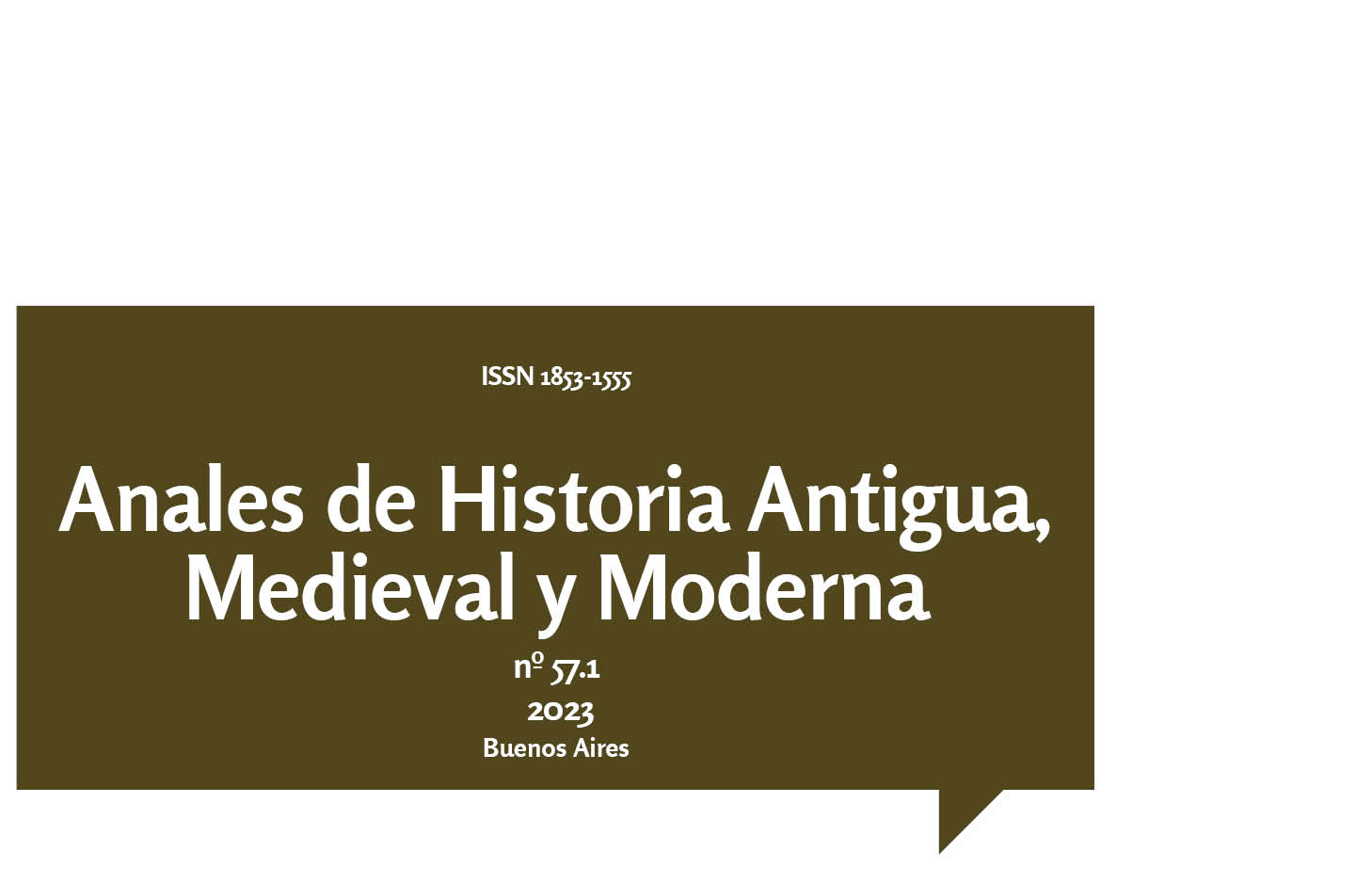Liturgy and Ecclesiastical Law
Medieval Liturgical Law in Czech Dioceses in the Middle Ages
Keywords:
liturgy, ecclesiastical law, Great Moravia, Duchy of Bohemia, Kingdom of Bohemia
Abstract
The subject-matter of this study is liturgical law in the Czech lands in the Middle Ages, i.e. in Great Moravia, in the Duchy of Bohemia, and in the Kingdom of Bohemia. Liturgical law was shaped by the decrees of popes, ecumenical councils, Decretum Gratiani, and collections of decrees. The ordinances of the metropolitan and diocesan bishop or the statutes of a monastic order played a role at the particular church level. The customs of the metropolitan church and the cathedral church are summarised in the agenda in force within the territory of the ecclesiastical province or diocese. A new Slavonic liturgy arrived in Great Moravia in the final third of the 9th century and at the beginning of the 10th century. Popes issued several decrees regulating its use. The newly-established bishopric of Prague and subsequently the restored bishopric of Olomouc used the Latin liturgy alone. The form of the liturgy used was determined by surviving liturgical manuscripts: pontificals, missals, breviaries, lectionaries, psalters, antiphonaries, and graduals. These codices are often richly-illuminated, the most elaborate ones being used by the owner, often the bishop, for prestige promotion. A large number of these liturgical books survive in Czech libraries and manuscript collections from the Middle Ages, most of them from the 14th and in particular the 15th centuries.Downloads
Download data is not yet available.
References
.
Published
2023-06-15
How to Cite
Krafl, P. (2023). Liturgy and Ecclesiastical Law. Anales De Historia Antigua, Medieval Y Moderna, 57(1). https://doi.org/10.34096/ahamm.v1.57.13010
Issue
Section
Artículos
Copyright (c) 2023 Anales de Historia Antigua, Medieval y Moderna

This work is licensed under a Creative Commons Attribution-ShareAlike 4.0 International License.








